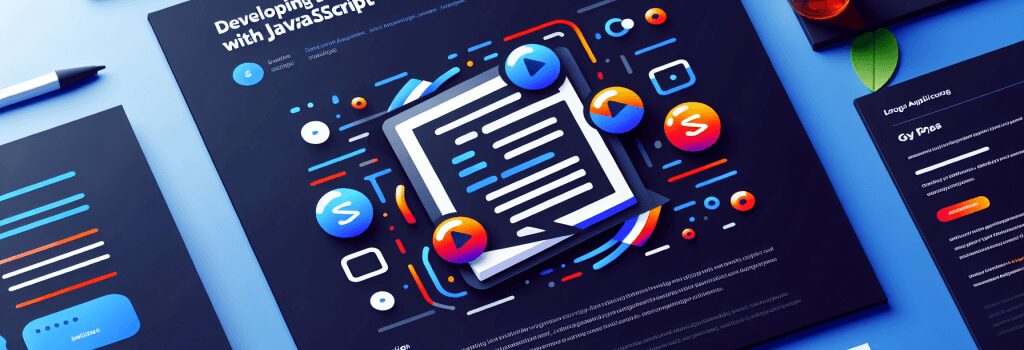Developing Single Page Applications (SPAs) with JavaScript

Once upon a magical time, in an enchanted silicon forest of binary trees, I stumbled upon the mystical beast of software development – the elusive Single Page Application (SPA). Startled by my encounter, I armed myself with the holy grail of HTML, the powerful staff of PHP, the vengeful shield of CSS, and the enchanted sword of JavaScript. And today, brave coders, I take you on this quest into the mystical realm of SPA with JavaScript. Are you ready to code roll?
Before we embark, a little context. Think of the websites you frequent. Do they reload every time there’s new content? Or do they magically update without you even noticing? If it’s the latter, chances are you’re staring eye-to-eye with a SPA. SPAs dynamically rewrite the current page with new data from a web server, leaving you, the innocent user, blissfully unaware.
A Sneak Peek Into the SPA Magic
Good news! JavaScript, our digital hero, cares about your time and patience. It’s tired of loading entire web pages all over again. So, it generously lends its charm to SPAs to only load necessary content, giving you – oh noble internet warrior – a seamless user experience.
What Makes JavaScript the Heart of SPAs?
Does JavaScript carry some magical charm that makes it central to SPA development? Well, sort of. JavaScript’s ability to handle asynchronous calls while maintaining an effective user interface makes it the lifeblood of SPAs. Asynchronous, huh? Sounds heavy, but that’s just a fancy way of saying it doesn’t place your request for coffee on hold while it’s making toast.
Wise Up to the Ways of SPA
Let’s Build One!
It’s time to roll up our coding sleeves and craft a simple SPA using JavaScript. Before you panic, remember you’re a rogue coder, untamed by complex HTML structures or unsavory PHP scripts.
<h4>Step 1: The Basic StructureUnlike my attempt at humor, HTML is pretty straightforward. Let’s create a basic HTML file, garnished with a dash of Bootstrap for that sweet, sweet UI.
Now, get your enchanted JavaScript sword ready. We will create an ‘app.js’ file to serve up dynamic content.
;>;js
document.getElementById(‘app’).innerHTML = >
<h1>Hello, Rogue Coder!</h1>
<div>Welcome to the mystical realm of Single Page Applications.</div>
<button>Click Me! Or don’t. We respect your free will.</button>
;;
>;>
Congratulations, brave coder! You’ve just crafted a rudimentary version of a Single Page Application.
Now, young ones, we’ve just scratched the surface of a very deep lake. There’s much more to SPAs, like routing, data binding, and don’t even get me started on components. But hey, you’ve taken your first step. What matters is that you’re on the path now.
Remember, coding is all about the journey, not the semicolons you lose along the way. Keep climbing, for I believe, the ‘source’ is with you. Stay tuned for more coding adventures!


